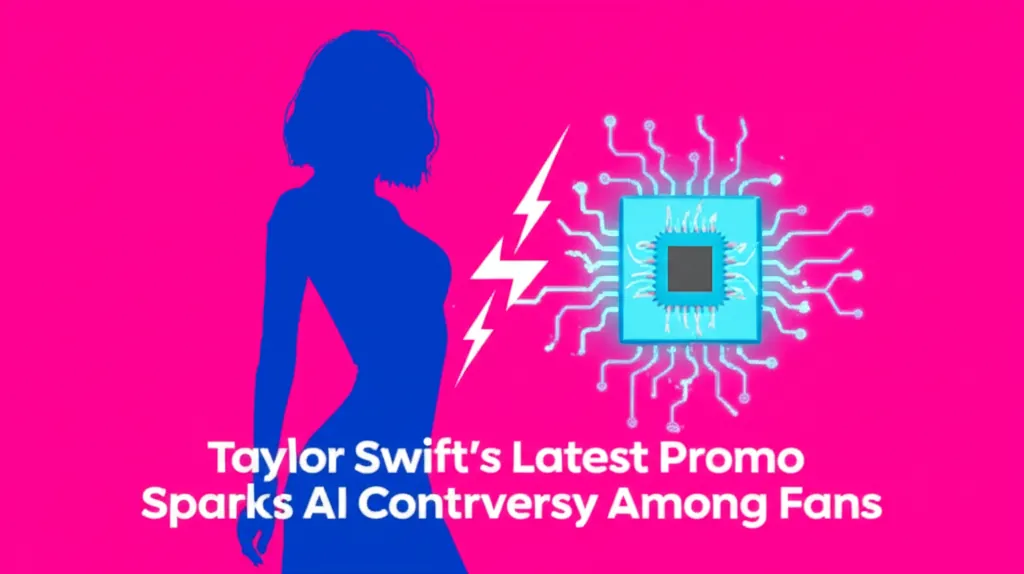Facebook Is Overhauling Its Reels Algorithm For You
Facebook is rolling out a significant update to its Reels algorithm, aiming to make your video feed more engaging and timely.
A Fresh Approach to Your Reels Feed
In a move to enhance user experience, the new algorithm will prioritize fresher content. This means you can expect to see 50% more Reels that were posted on the very same day you are scrolling. According to Jagjit Chawla, Facebook's vice president of product, this change directly addresses user requests for more recent videos in their feeds. The company's internal tests confirmed that this shift helps keep users coming back, which is crucial as video watch time on the platform has surged by 20% year over year.
New Features to Enhance Discovery and Connection
Alongside the algorithm tweak, Facebook is introducing new features to improve how you interact with Reels. AI-powered search suggestions, similar to those seen on TikTok, will now appear to recommend search queries based on your demonstrated interests. This is designed to make content discovery more intuitive.
Furthermore, Facebook Reels is adopting the 'friend bubbles' feature from Instagram. These small icons of your friends' profile pictures will appear on posts they have liked, allowing you to tap their picture and start a direct message instantly. This addition is particularly useful since Facebook doesn't have a dedicated feed just for your friends' Reels.
The Algorithm's Stance on AI-Generated Content
When it comes to the growing wave of AI-generated content, Chawla clarified that the algorithm treats it the same as human-created videos. The system learns from your behavior. "If you, as a user, are interested in a piece of content which happens to be AI-generated, the recommendations algorithm will determine that, over time, you are interested in this topic and content," he explained.
Conversely, if you're not a fan of what some call "AI slop," you can train the algorithm accordingly. Chawla emphasized that negative signals—such as hitting the "Not Interested" button—are taken very seriously. Since users tend to give more positive feedback like likes and comments, a direct negative signal carries more weight in tuning your feed.
How You Can Control Your Feed
The rise of sophisticated AI image and video generators has led to an increase in AI-created content across social media. While Meta has been quick to integrate AI into its platforms, it also faces challenges regarding misinformation and copyright infringement. Meta uses its own labels for such content, but detection isn't flawless.
The key takeaway for users is to actively provide feedback. By signaling what you don't want to see, you can significantly improve your experience. For creators, the message is clear: focus on authentic, human-driven content. Chawla suggests that as technology and AI advance, the platform's responsibility is to handle the delivery, allowing creators to simply do their thing.


